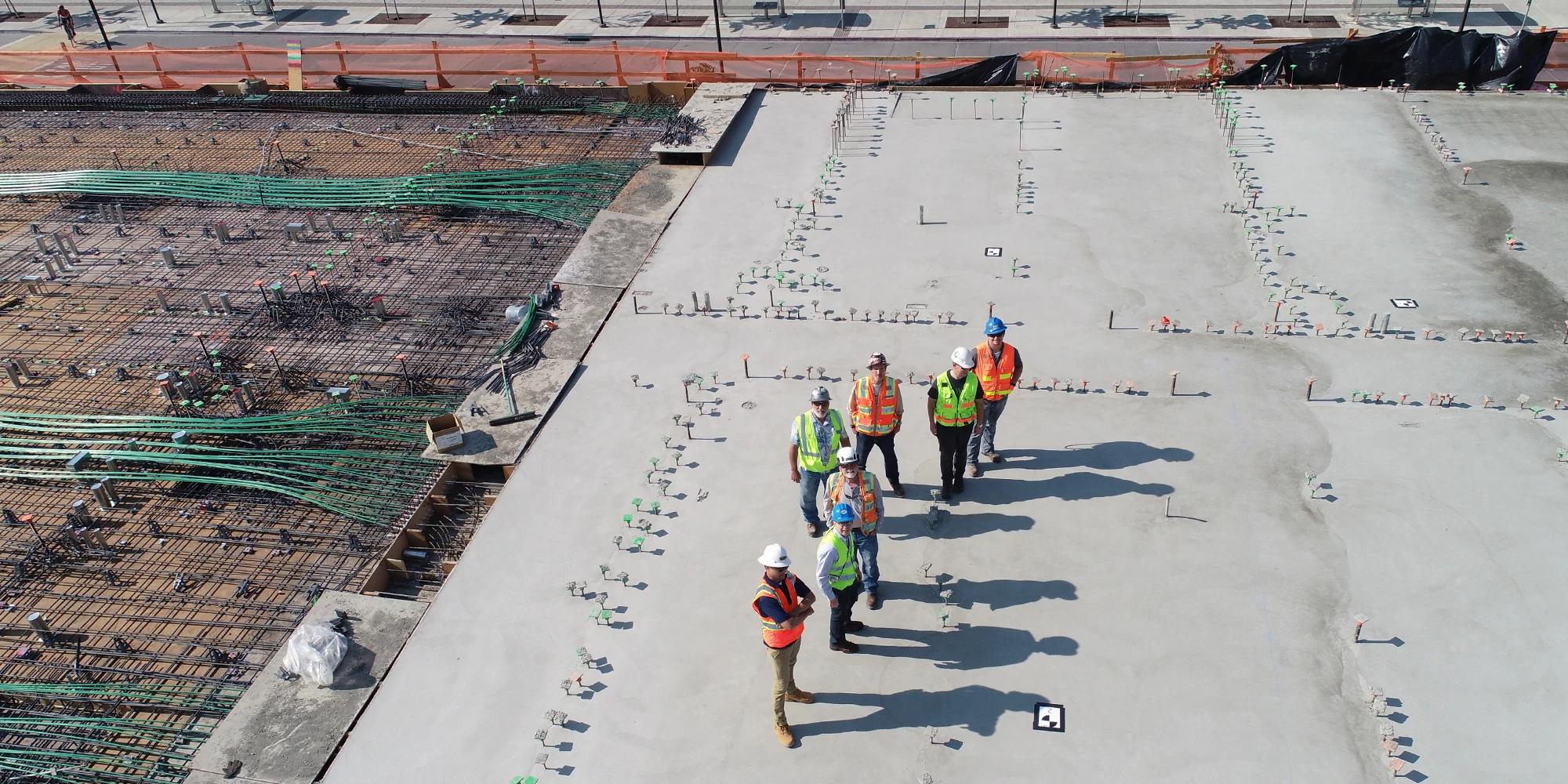One of the most significant challenges facing construction firms today is labor shortages. The industry has been struggling to attract and retain a quality workforce for several years, but the problem has become more acute in recent months. The situation is particularly dire in California, where the state’s strong economy has created a large number of job openings that cannot be filled.
Many industries are struggling to find workers, but the problem is particularly acute in construction due to the nature of the work. Construction workers are often required to perform physically demanding tasks in difficult and sometimes dangerous working conditions. This makes it hard to attract people to the industry, and many workers who do enter the field end up leaving it after a short period of time.
The labor shortage in construction is having a number of negative effects on the industry. Construction firms are finding it difficult to complete projects on time and on budget, and many are being forced to turn down work due to a lack of available workers. The situation is also leading to an increase in construction costs, as firms are forced to pay higher wages to attract and retain workers.
Let’s talk about how the California labor shortage is affecting the construction industry.
Why is there a labor shortage in California?
Currently, our nation is experiencing a labor shortage due to a number of factors. According to CNBC economists, there are several reasons for this:
- Aging and retiring workers
- Limits on immigration and border control
- Better pay and working conditions are demanded
- As housing costs rise, workers leave California
- And more

What Can be Done To Mitigate The Effects of a Labor Shortage?
There are several ways technology can be integrated into your own and other's businesses to help alleviate the symptoms of a labor shortage. These include, but are not limited to, creating more streamlined processes, increasing average worker productivity, and lowering general costs. Let's explore how these solutions can be approached.
Easier Processes
It can make the construction industry more attractive to workers by making it easier and safer to perform their duties. For example, construction workers often have to lift heavy objects or work in awkward positions. New technologies can help reduce the physical demands of the job by making it possible to perform these tasks with less effort. In addition, new safety technologies can make the job safer and less dangerous, which may attract more people to the field.
Increased Productivity
Technology can also help construction firms increase their productivity, which will allow them to complete more projects despite the shortage of workers. For example, new project management software can help construction firms better plan and coordinate their work, while new construction technologies can automate some of the tasks that are currently performed by human workers.
Lowered Costs
Finally, technology can help lower the costs of construction projects, which will make it easier for firms to complete them despite the labor shortages. For example, new materials and methods that are being developed can help reduce the amount of time and money required to build a project. In addition, new technologies can help firms reduce their reliance on imported materials, which will further reduce costs.
The labor shortage in construction is a serious problem, but it is one that can be mitigated by the use of technology. By making construction easier, safer, and more productive, we can attract more workers to the industry and help keep projects on track despite the shortages. New technologies can help lower the cost of construction.
If these benefits interest you, or could be useful for your company, consider signing up for a live demo with our team. inBuild may be the construction accounts payable solution you’ve been searching for.











